Air conditioning is an essential part of summer, especially during the sweltering heat waves that are happening in various parts of the US. However, as temperatures rise, electricity bills can impact the budget heavily. Heating and cooling appliances are among the biggest energy hogs for many households, with air conditioner power consumption being around hundreds of kilowatt-hours a month.
If your monthly bills feel inflated, your AC could be the reason. Thankfully, you don't need to suffer through sweaty afternoons or make drastic sacrifices to bring those bills down. Simple ways like optimizing your AC settings, changing a few usage habits, and even considering an essential home backup solution like Jackery Solar Generators can reduce your air conditioner's power consumption and bills.
Key Takeaways
- Heating and cooling contribute to 43% of a home's utility bill.
- Smart thermostat settings, seasonal maintenance, and room insulation can cut air conditioner power consumption.
- Improving airflow and blocking out heat can reduce the AC workload and improve efficiency.
- Jackery Solar Generators offer clean backup power for running ACs and other household appliances by reducing the reliance on the utility grid.
Air Conditioner Power Consumption Explained
Air conditioning is one of the largest appliances in US homes, consuming around 500 - 5000 watts of electricity per hour. Central air conditioners use between 3000 and 5000 watts per hour, while the watts a window AC consumes is less. In fact, according to the Residential Energy Consumption Survey (RECS) by EIA, air conditioners' power consumption accounted for 19% (254 billion kilowatt-hours) of electricity consumption in US homes.
Here’s the air conditioner power consumption in watts and monthly cost:
|
AC Type |
Average Wattage |
Daily Usage (Hours) |
Daily kWh |
Monthly kWh |
Monthly Cost (at $0.16/kWh) |
|
Window AC |
900W |
6H |
5.4kWh |
162kWh |
$26.63 |
|
Portable AC |
1700W |
6H |
10.2kWh |
306kWh |
$50.30 |
|
Split AC |
500W |
6H |
3kWh |
90kWh |
$14.79 |
|
Multi Split AC |
1500W |
6H |
9kWh |
270kWh |
$44.38 |
|
Central AC |
3000W |
6H |
18kWh |
540kWh |
$88.77 |
Factors Affecting Air Conditioner Consumption
There are several factors that affect how much electricity your air conditioner uses. Understanding these factors will help you reduce the overall air conditioner power consumption and save on bills:
- Thermostat Settings: Setting the thermostat too low can lead to higher power consumption. Similarly, raising the temperature by a few degrees can impact energy usage.
- Unit Size and Efficiency: The size of the AC unit should match the room's size and insulation to avoid overworking or undersizing the unit. Higher EER/SEER ratings mean more efficient operation and lower energy consumption.
- Outdoor Temperature: If the temperatures are higher outdoors, the AC has to work harder to cool the indoor space, which results in higher window air conditioner power consumption.
How Much Does Your Air Conditioner Add to Your Electricity Bill
Air conditioners are counted among the largest energy consumers in the home. Nearly 88% of homes in the US have AC units, and 66% have central air conditioning units. According to the Department of Energy report, ACs use 12% of electricity, with costs varying by location. Homeowners can expect to pay $29 billion annually.
Let's break down the contribution of running different types of ACs to the electricity bills:
- Central Air Conditioner: Running a central air conditioner (3000W) for 8 hours per day will cost $118.37 monthly, based on a $0.16 per kWh national average.
- Window AC Unit: A window AC unit (800W) running for 8 hours per day will cost $31.56 monthly.
- Mini Split Systems: Mini-split systems usually consume 1500 - 3000W of electricity per hour. If a 1500W mini split system runs for 8 hours, the monthly running cost will be $59.18.
Step-by-Step Guide to Reduce Air Conditioner Power Consumption by 30 - 50%
Here's a step-by-step guide to reduce air conditioner power consumption by a significant percentage:
Step 1: Analyze Your Air Conditioner's Energy Usage
Start by checking your unit's wattage and SEER rating. Look for the yellow EnergyGuide label on the system or check your manual. You can also plug a Kill-A-Watt meter into a window or portable units to measure real-time consumption.
Step 2: Optimize Internal Settings to Cut 10 - 15% Consumption
Dirty, clogged filters can reduce the unit's efficiency and increase the portable air conditioner power consumption. Make sure to replace a dirty filter so the AC operates efficiently and protects the system from dirt buildup to cause the unit to fail prematurely. In addition, a smart thermostat can be used to automate temperature settings based on a routine.
Step 3: Improve External Conditions to Reduce Load by 10 - 12%
Sealing and insulating ducts of the cooling systems can improve the system efficiency by 20% and sometimes even more. You should consider sealing ducts running through the attic, unheated basement, garage, and crawlspace. In addition, caulking or weatherstripping should be added to seal any air leaks from windows and doors.
Step 4: Change Usage Habits to Save Another 8 - 10%
Turn off the ceiling fans while leaving the room, as fans cool people, not rooms, by creating a wind chill effect. If you've attached a bathroom to the bedroom, consider using the bathroom fan while showering or taking a bath.
Step 5: Upgrade or Retrofit to Save Up to 20 - 30%
If your HVAC system is a decade old and is working efficiently, consider replacing the unit with an Energy Star-rated product. On average, replacing the product with an Energy-Star certified AC can cut nearly $140 from annual energy bills.
Step 6: Power Air Conditioner With Solar
You can offset your central air conditioner’s power consumption by using solar energy, especially during hot, sunny days when solar production is at its peak. You can power smaller AC units or central units directly with portable solar generators to reduce the reliance on the grid. Jackery Solar Generators can power an air conditioner to reduce the monthly bills.
|
Step |
Estimated Power Savings |
% Reduction |
Cost to Implement |
|
Optimize Internal Settings |
0.2–0.3kWh/day |
~10% |
$0 |
|
Improve External Conditions |
0.1kWh/day |
~10% |
$0 |
|
Usage Habit Improvements |
0.1kWh/day |
~8% |
$0 |
|
Upgrade to Energy Star |
0.4kWh/day |
~20% |
$5000 - $8000 |
|
Solar Integration |
100% offset |
Depending on what you power with the solar generator |
$2000 or more (depending on the model) |
How to Reduce Air Conditioner Power Consumption With Solar
Solar generators are one of the reliable ways to power air conditioners and save money. They reduce the reliance on the utility grid, which in turn lowers the monthly bills.
How Many Solar Panels to Run Your Air Conditioner
The number of solar panels needed to run an air conditioner depends on several factors, such as the home's overall energy consumption, the solar panel's output, and the amount of annual sunlight the home receives.
If the air conditioner requires 1200W, you will need at least four solar panels rated 300W each. If you need to power the entire home (including the air conditioner), you will need additional solar panels and a battery backup.
One formula to calculate the total number of solar panels needed for an AC is:
Number of Panels Needed = Wattage × Daily Hours ÷ Panel Output
If you run an AC (1200W) for 6 hours per day, you will need: (1200W × 6H) ÷ 300W = 24 panels.
You can also consider a solar generator that combines battery backup with solar panels to keep essential appliances, including ACs, powered for long hours.
Cost Comparison: Grid vs Solar Air Conditioner for 5 Years
Switching from grid electricity to solar-powered ACs is not only an environmentally friendly solution but also reduces the monthly electricity bills. Here's the math:
Grid-Powered Air Conditioner
If you run a 1200W AC for 8 hours daily, the monthly window air conditioner power consumption will be 288 kWh. Running the same AC for 6 summer months will contribute to 1728kWh. If the electricity rate per kWh is 16.44 cents, the yearly cost to run a window AC will be $284, which translates to $1420 for 5 years. For the central air conditioning units, the costs can even double depending on the wattage consumed.
Solar-Powered Air Conditioner
Solar generators run on free sunlight and can power household appliances, including air conditioners, refrigerators, etc. For instance, the Jackery Solar Generator 2000 Plus costs only $2,949 (a one-time investment) and has zero running costs for five years. If you use the solar generator to run multiple appliances, the savings can add up faster.
Jackery Solar Generators for Air Conditioners
Jackery is a global solar brand that manufactures highly efficient and portable solar generators, power stations, and solar panels. The solar generators with large battery capacities can supply steady electricity to essential household appliances, such as air conditioners, refrigerators, lights, etc. You can not only reduce the monthly electricity bills by reducing reliance on the grid but also keep household appliances powered during outages. Here are two of the best solar generators for ACs:
Jackery Solar Generator 5000 Plus
The Jackery Solar Generator 5000 Plus is an essential home backup solution that can power most household appliances, such as air conditioners, refrigerators, lights, etc. The dual voltage compatibility ensures you can power appliances running at 120V and 240V. It also has a modular design with a pull rod and double wheels for easy transportation anywhere you go. It's also expandable with the help of add-on battery packs to extend the capacity from 5kWh to 60kWh.
Appliances Running Time
- Window AC Units (900W) = 4.5H
- Portable AC (1700W) = 2.4H
- Split AC (500W) = 7.8H
- Multi Split AC (1500W) = 2.8H
- Central AC (3000W) = 1.4H

Customer Review
"I received the Explorer 5000 Plus solar generator to use to run my home if power goes out. It works great and will run my whole home if the power goes out." — Dennis Carlson.
Jackery Solar Generator 2000 Plus
The Jackery Solar Generator 2000 Plus is another solar-powered generator that can power various sizes of air conditioners. It can reduce the reliance on the utility grid and keep essential appliances running during blackouts. It features a foldable handle, pull rod, and double wheels, so you can take the solar generator anywhere you go. It is also expandable up to 24kWh with add-on packs to power appliances for extended periods of time.
Appliances Running Time
- Window AC Units (900W) = 1.8H
- Portable AC (1700W) = 1.0H
- Split AC (500W) = 3.2H
- Multi Split AC (1500W) = 1.1H

Customer Review
"With this model, I'm able to run my AC overnight and run my Creality 3d printer. I really enjoy how fast it charges and how long it lasts. Look forward to adding the extra battery pack for longer life." — Vincent Lara.
FAQs
Can I run an air conditioner on solar power?
Yes, it is possible to run an air conditioner on solar power. However, you need to make sure the output of the solar generator exceeds the wattage consumption of the air conditioner. For example, the Jackery Solar Generator 5000 Plus can power various ACs of various sizes for hours.
How to minimize AC power consumption?
You need to set the thermostat at a comfortable temperature that provides humidity control. When the difference between the indoor and outdoor temperatures is lower, the ACs will consume less power.
Can 1kW solar panels run AC?
A 1kW solar panel is capable of powering smaller appliances like lights, air coolers, etc. However, it might not be sufficient to run a standard air conditioner, especially if the appliance consumes more than 1000W per hour.
Can I run a 1.5-ton AC on 2kW solar?
Yes, a 1.5-ton AC typically consumes around 1200 and 1800 watts per hour, depending on the energy efficiency. Hence, a 2000-watt generator can run a 1.5-ton AC.
How much is the AC bill per month?
The cost to run an AC in the USA depends on various factors, such as the type of AC unit, location, and how much it is used. Generally, you can expect to pay around $17 - $270 per month on AC bills.
How much does it cost for 1 hour of AC?
An air conditioner consuming 1200W per hour can cost about $0.19 per hour, assuming the electricity rate per kWh is 16.44 cents.
Conclusion
Air conditioners are the largest electricity consumers in the household and can significantly impact the bills, especially if you live in hot, humid areas. Some ways to reduce the air conditioner power consumption and cost of running the appliance include upgrading to an Energy Star-rated product, investing in a solar generator, and properly insulating the home. Jackery Solar Generators are essential home backup solutions that can power various household appliances, including ACs, especially during outages and peak electricity hours.

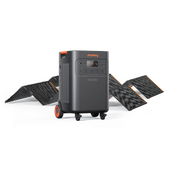
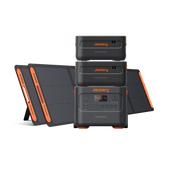
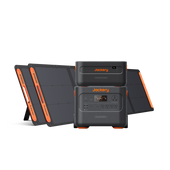
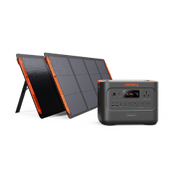

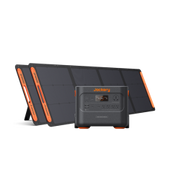
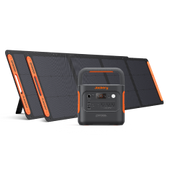

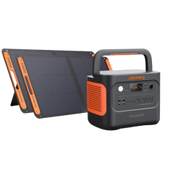

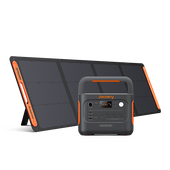
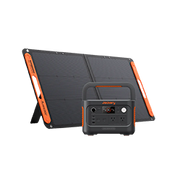

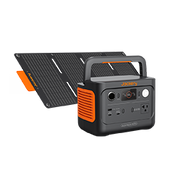
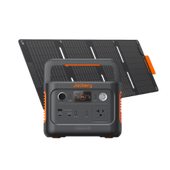
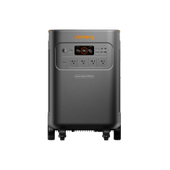
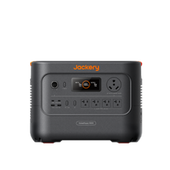
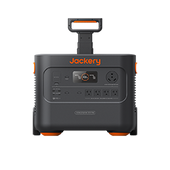
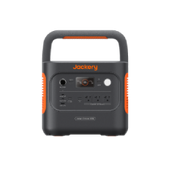
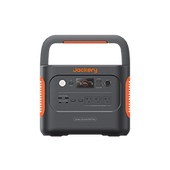
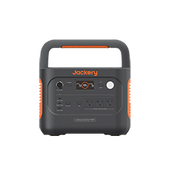
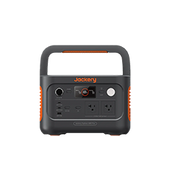
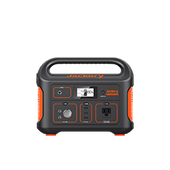
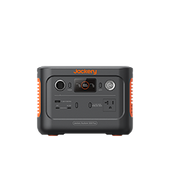

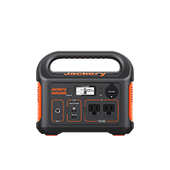
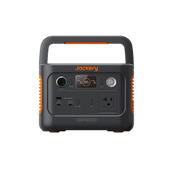
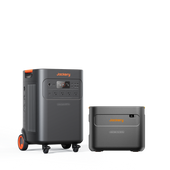
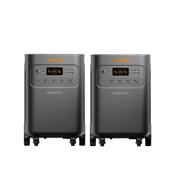

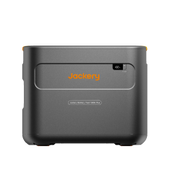
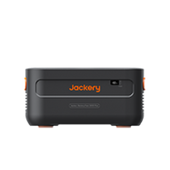
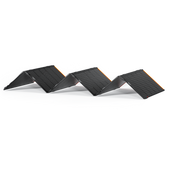
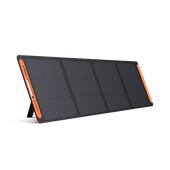

![[Add - on] Jackery Manual Transfer Switch for Explorer 5000 Plus - Jackery](http://www.jackery.com/cdn/shop/files/add-on-jackery-manual-transfer-switch-for-explorer-5000-plus-9017324.png?v=1754016782&width=170)
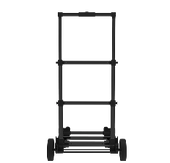
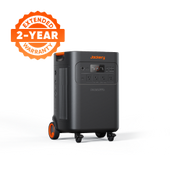
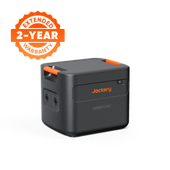
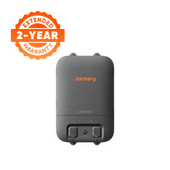


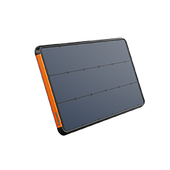
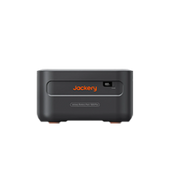

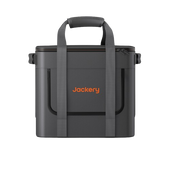
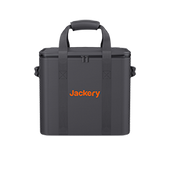
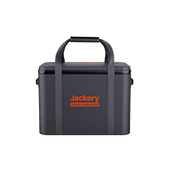
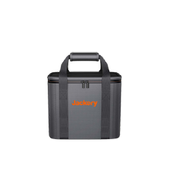
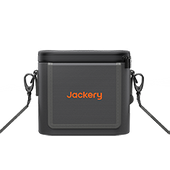
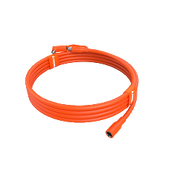

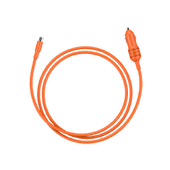


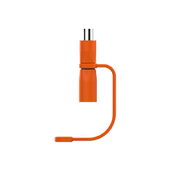
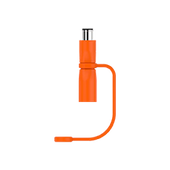
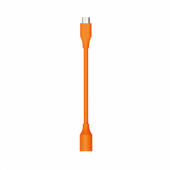
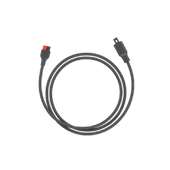

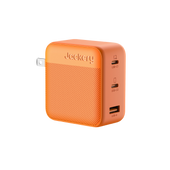
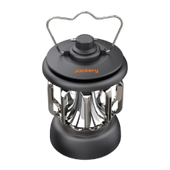


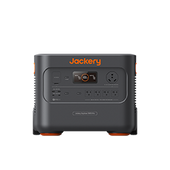
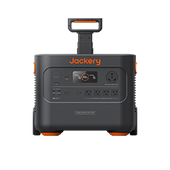
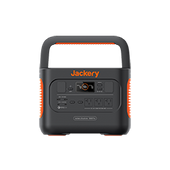
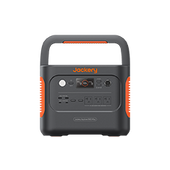
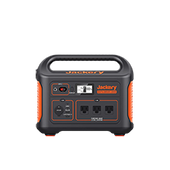
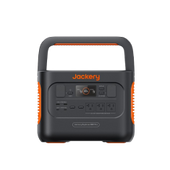
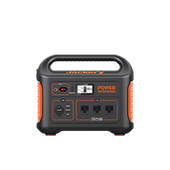
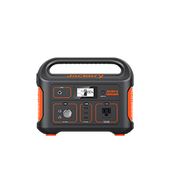

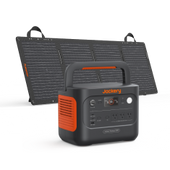
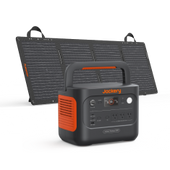
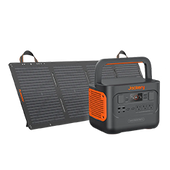

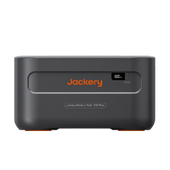



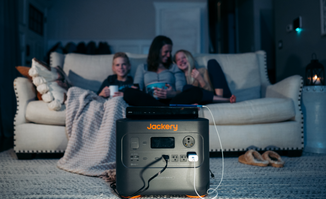
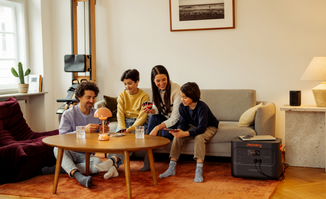
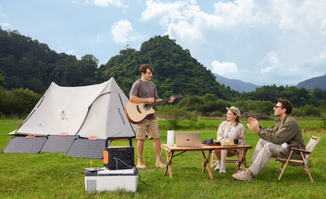
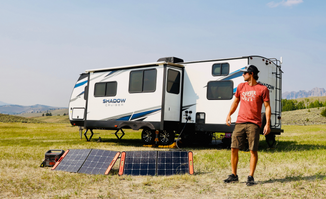

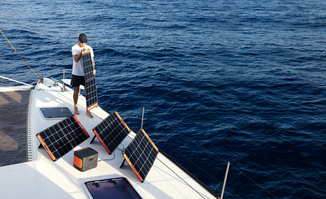
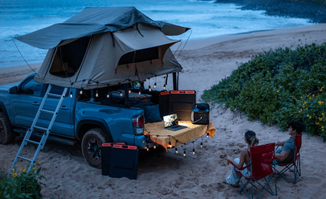
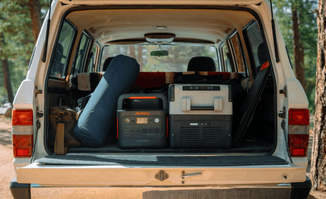




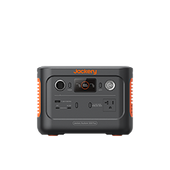

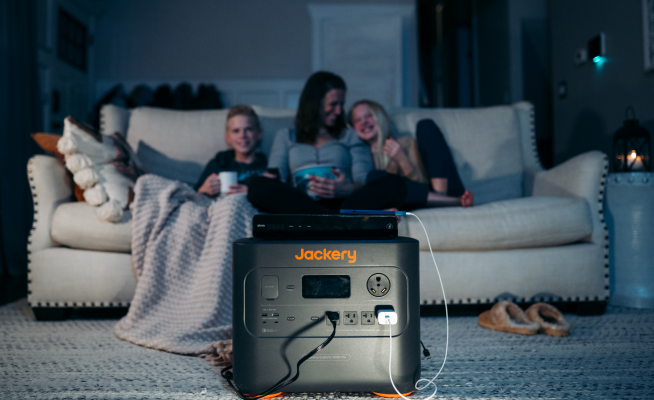
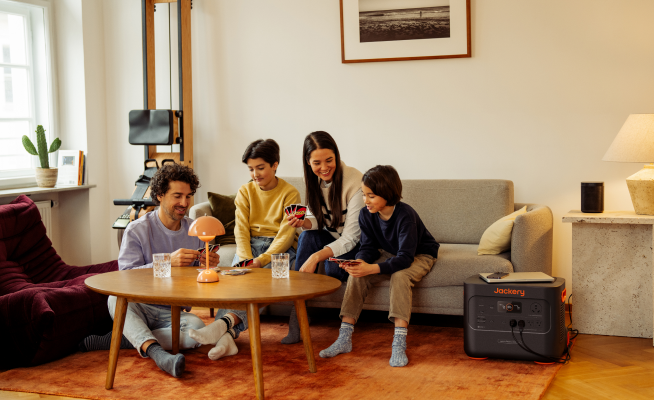
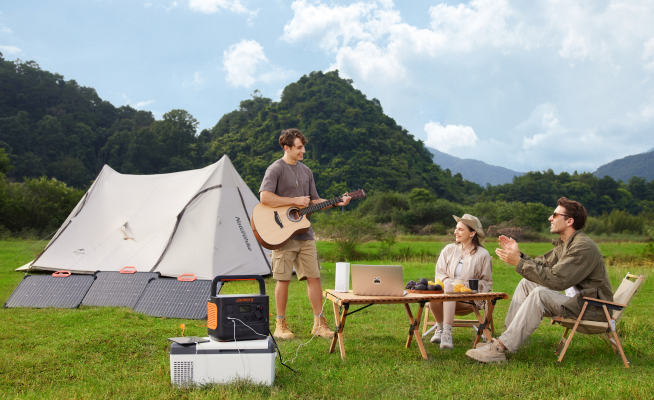
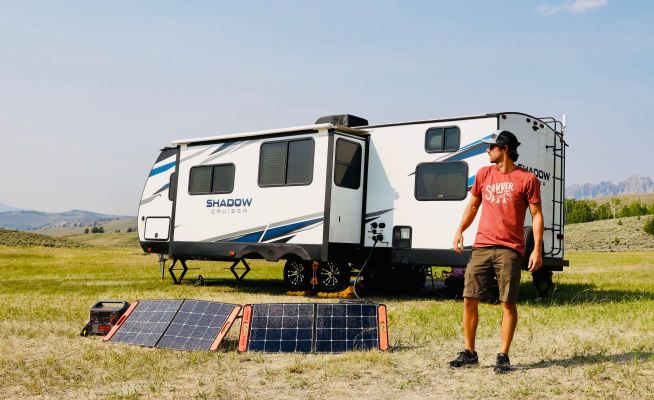

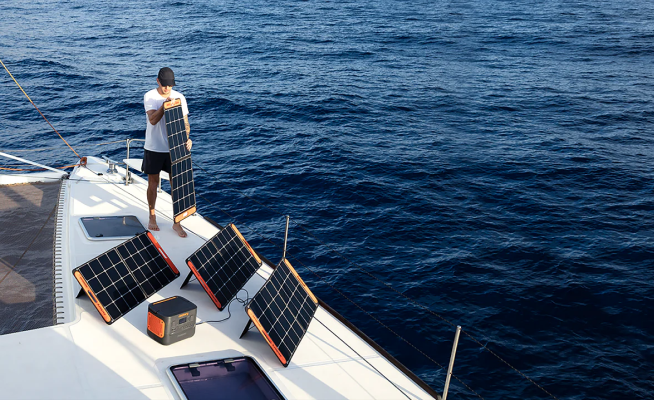
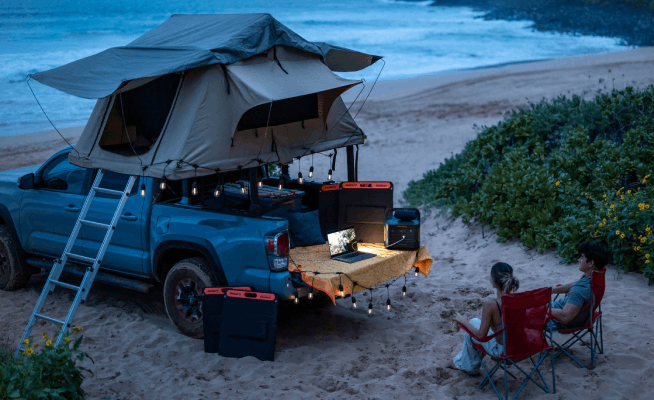
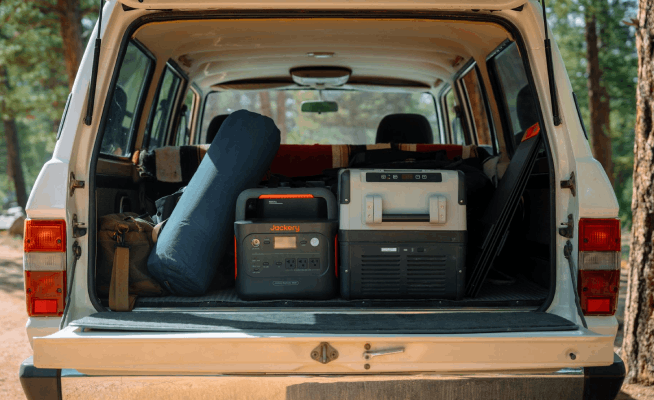









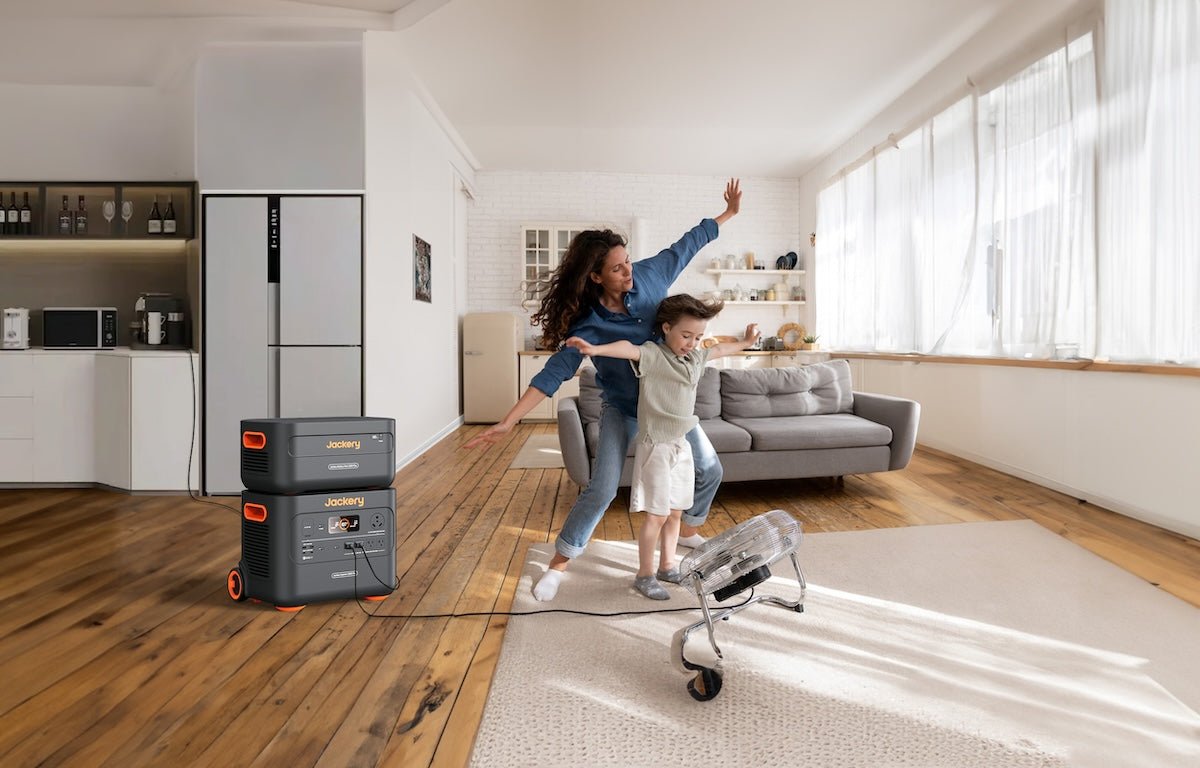




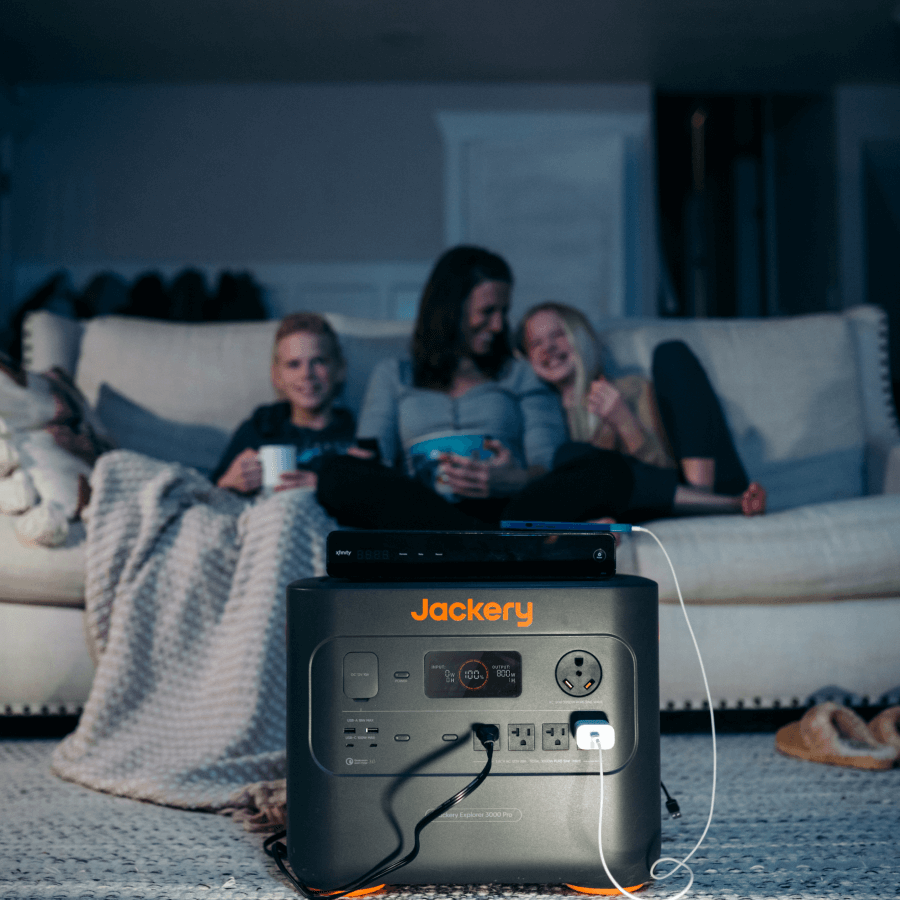

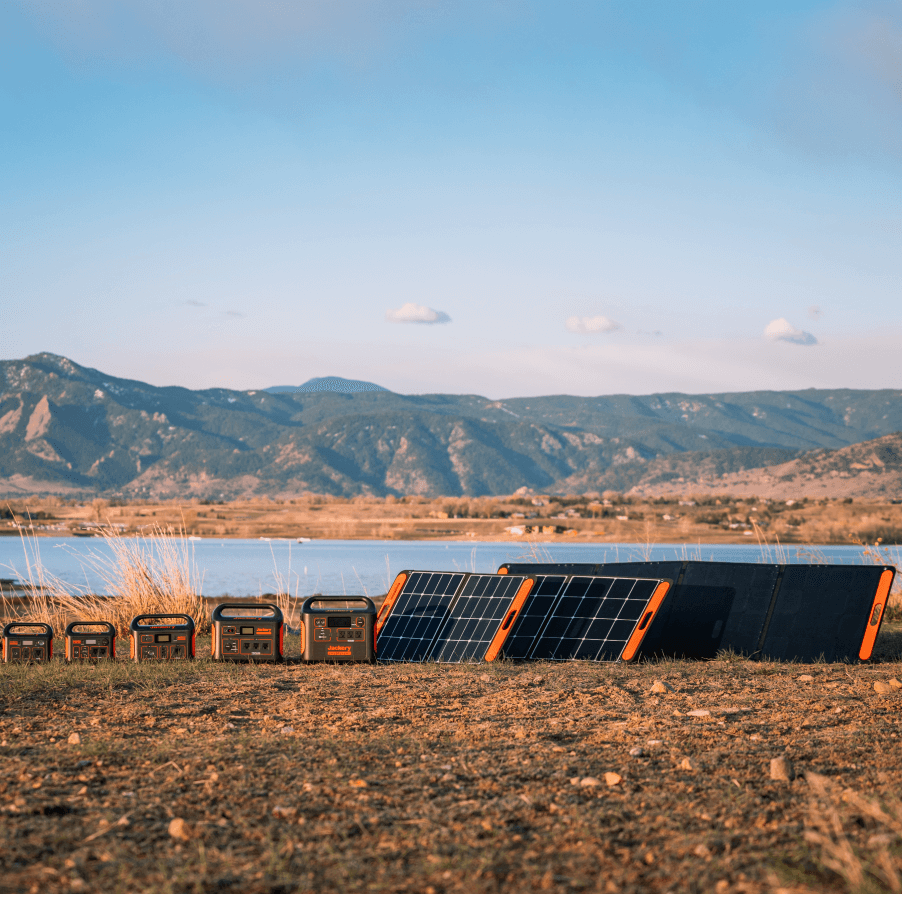
Leave a comment